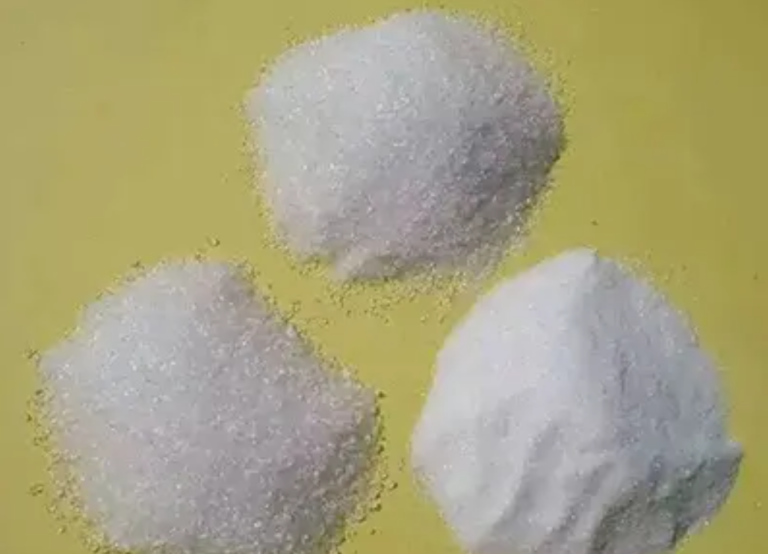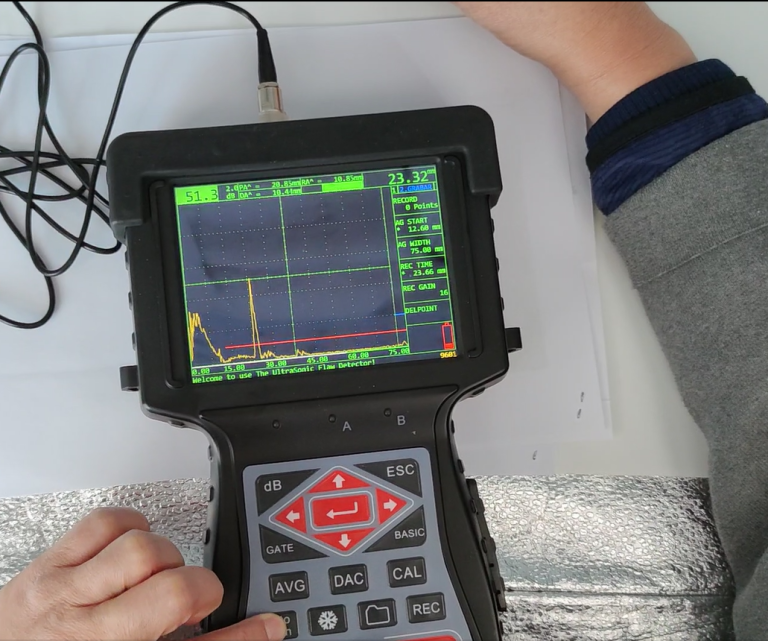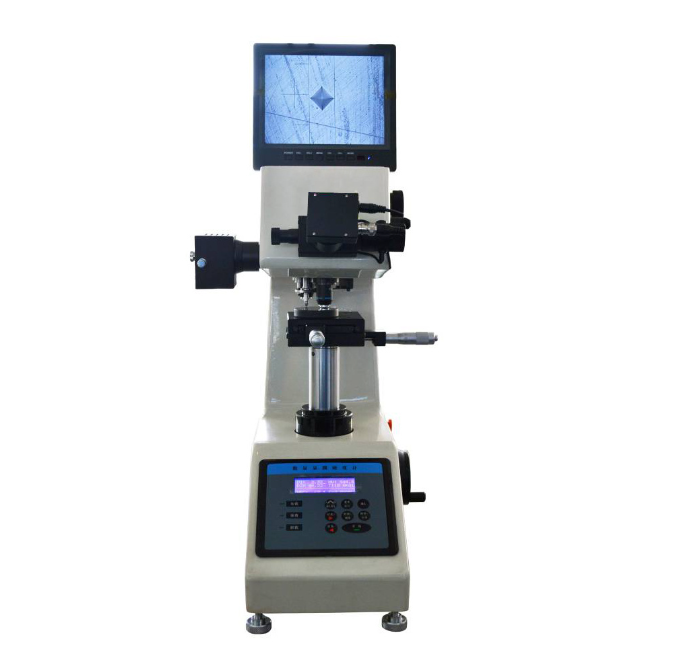Colorimetry is a widely used analytical technique in the chemical industry that involves measuring the concentration of colored compounds in solutions. The colorimeter, an instrument designed to determine the concentration of these compounds by measuring the intensity of color, plays a crucial role in various applications, including quality control, product formulation, and environmental monitoring.

What is a Colorimeter?
A colorimeter is an analytical device that quantifies the color of a solution based on the absorption of light at specific wavelengths. It typically consists of a light source, a sample holder, and a detector. The sample is placed in a cuvette, and light passes through it. The amount of light absorbed by the solution correlates with the concentration of the colored substance, following Beer’s Law. By measuring the absorbance, the concentration of the analyte can be determined.
Applications in the Chemical Industry
1. Quality Control
In the chemical industry, maintaining product quality is paramount. Colorimeters are used extensively in quality control processes to ensure that products meet specified color standards. For example, in the production of dyes, pigments, and food additives, colorimeters help manufacturers monitor the color consistency of their products. Deviations from the standard color can indicate variations in the formulation or contamination, prompting further investigation.
2. Environmental Monitoring
Colorimeters are also employed in environmental monitoring to detect pollutants in water and air. For instance, the measurement of color in water samples can indicate the presence of harmful substances, such as heavy metals or organic compounds. By analyzing the color intensity, industries can assess compliance with environmental regulations and take corrective actions if necessary.
3. Pharmaceutical Industry
In the pharmaceutical sector, colorimetry is used to determine the concentration of active ingredients in drug formulations. Accurate measurement of color can indicate the potency of a drug, ensuring that it meets safety and effectiveness standards. Additionally, colorimeters can assist in the development of new pharmaceuticals by analyzing the colorimetric properties of various compounds.
4. Food Industry
The food industry utilizes colorimetry to analyze the color of food products, which can be a critical quality attribute. For example, in the production of beverages, color measurement can indicate the quality and consistency of the product. Colorimeters help ensure that color is uniform across batches, contributing to consumer satisfaction and brand integrity.
5. Research and Development
In research and development, colorimeters are invaluable tools for scientists studying the properties of chemical compounds. They allow researchers to quickly assess the effects of different variables on color intensity, aiding in the discovery of new materials and compounds. This capability is crucial in developing innovative products in various fields, including cosmetics, paints, and coatings.
Advantages of Colorimetry
The use of colorimeters in the chemical industry offers several advantages:
– Simplicity: Colorimetry is relatively easy to perform and requires minimal sample preparation.
– Speed: Colorimeters provide rapid results, allowing for timely decision-making in production processes.
– Cost-Effective: Compared to other analytical techniques, colorimetry is often more affordable, making it accessible for routine quality control.
– Sensitivity: Colorimeters can detect low concentrations of colored substances, making them suitable for various applications.
The application of colorimetry in the chemical industry is extensive and vital for ensuring product quality, safety, and compliance with regulations. From quality control to environmental monitoring and research, colorimeters provide valuable insights that drive efficiency and innovation. As the industry continues to evolve, the role of colorimetry will remain significant, supporting the development of high-quality products and sustainable practices.







